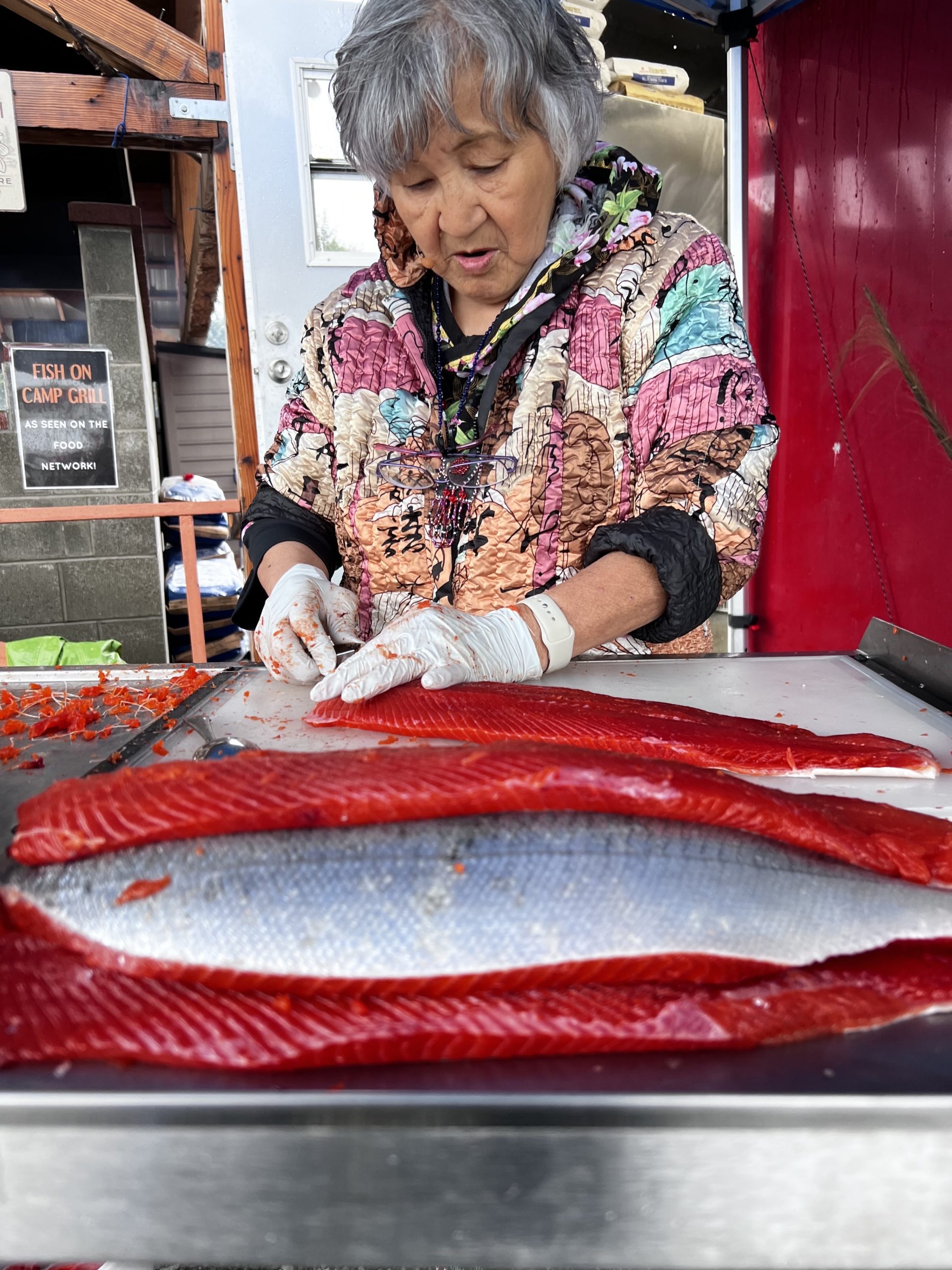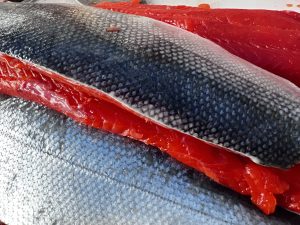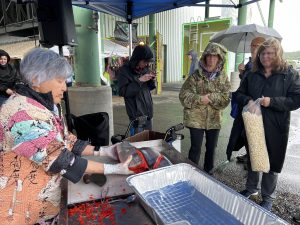Podcast: Play in new window | Download | Embed
Challenges are faced by schools everywhere – but each district is unique.
As the school year starts, South Dakota’s State-Tribal Relations Board got an update on the state’s reservation schools.
SDPB’s C.J. Keene has more.
The State-Tribal relations committee is tasked with continuously studying the relationship between South Dakota’s government and tribal entities.
Sherry Johnson is the education director of the Sisseton-Wahpheton Oyate.
She says tribal education efforts are forced to contend with deep, complicated history.
“We’ve had several religion-based and government boarding schools in operation over the years to formally educate the children of the Oyate since the relocation of our tribal members to the Lake Traverse Reservation.”
Now pair that with a challenge faced by just about every school district in the state – teacher shortages.
“Our schools all are advertising, they’re doing recruitment, retention, bonuses. Our tribal schools can not compete with salaries on an equal playing level – but they do the best they can. We too are experiencing that teacher shortage.”
A committee was proposed for tribal and state-run schools to help close the ever-widening teacher shortage.
No actions were taken on the proposal.
Along with that are the realities of education in rural settings.
Cheyenne River Sioux Tribe Education Director Cherie Farlee says don’t forget about reservation infrastructure needs.
“Even though the pavement here looks like this – at least you have pavement. Where I’m from we have gravel roads, and our school busses have to travel those every day. Sometimes the roads are so bad we have to cancel. Not that our teachers aren’t there, but because we can’t get the kids to school with the conditions of the roads.”
Further, Farlee says additional dollars for operational maintenance is needed to make a difference for school buildings in tribal settings.
 It’s known at the Alaska State Fair as “The Gathering Place”, created to showcase the talents of Alaska Native singers, dancers, and artists from across the state.
It’s known at the Alaska State Fair as “The Gathering Place”, created to showcase the talents of Alaska Native singers, dancers, and artists from across the state.
It’s also where Bessie Meyer demonstrates how to filet salmon.
As KNBA’s Rhonda McBride discovered, this Inupiaq elder has become something of a celebrity in her own right.
Meyer: “Looking at the salmon, it’s so red. I can taste how good it tastes.”
 Spectator: “It’s beautiful.”
Spectator: “It’s beautiful.”
Bessie Meyer has cut fish at the State Fair for nine years – and she sure makes it look easy.
“And these bones you pull up to here.”
Bessie credits her ulu, which her father fashioned for her out of a sawblade in the 1940’s.
 Her family fishcamp was on the Flambeau River, near Nome.
Her family fishcamp was on the Flambeau River, near Nome.
In fact, it was her dad who convinced her mom to let her learn to cut fish at the age of five.
Sixty-six years later, she’s still at it.
“Sometimes, I always feel like I could close my eyes and cut if I had to.”
When Bessie cuts fish, she gets into a zone, and those who gather round seem almost mesmerized by her smooth, swift movements.
She says, some of the same people show up, year after year to watch again.
“I like to help people learn something that’s different. It makes me happy.”
Bessie is also happy that her fish cutting demonstration now helps to promote her daughter and son-in-law’s seafood grill at the entrance of “The Gathering Place.”
When the filets Bessie cuts up go on the grill, her daughter Buffy says, it helps customers appreciate the freshness and beauty of the fish.
“It is more than an advertisement. It’s kind of like welcome into the culture!”
And you can get a taste of that culture from the dancing on the main stage, to fresh salmon on the grill.
Get National Native News delivered to your inbox daily. Sign up for our newsletter today.



